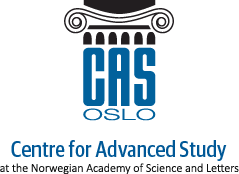A Multilingual Approach to Grammatical Gender (MultiGender): Acquisition, Variation & Change - CAS (2019-2022)
A Multilingual Approach to Grammatical Gender (MultiGender): Acquisition, Variation & Change
Language is one of our most complex cognitive abilities. The MultiGender project will study one linguistic phenomenon, grammatical gender, from a variety of perspectives, with data from various groups of multilinguals speaking languages with different gender systems. Grammatical gender is a category sorting nouns into different classes. For example, in most Norwegian dialects we may identify three genders, masculine, feminine, and neuter: en bil ‘a car’, ei bok ‘a book’, and et hus ‘a house’. Some languages have two genders (e.g. Italian), while others have no grammatical gender (e.g. English). Gender is subject to significant variation across the world’s languages, not only with respect to the number of gender classes, but also transparency of gender assignment and relation to other properties (case, definiteness), etc.
MultiGender will bring together world-leading experts from several disciplines of language science, including formal linguistics, processing, multilingualism, acquisition/attrition, and historical language change. The project will focus on three different areas: i) how gender varies across dialects, languages, and multilingual individuals, ii) how gender is acquired in multilingual contexts, and iii) how gender may change due to reduced input and use. MultiGender will be based on a diverse set of methodologies and investigate whether or not grammatical gender is the same category across multiple languages.
